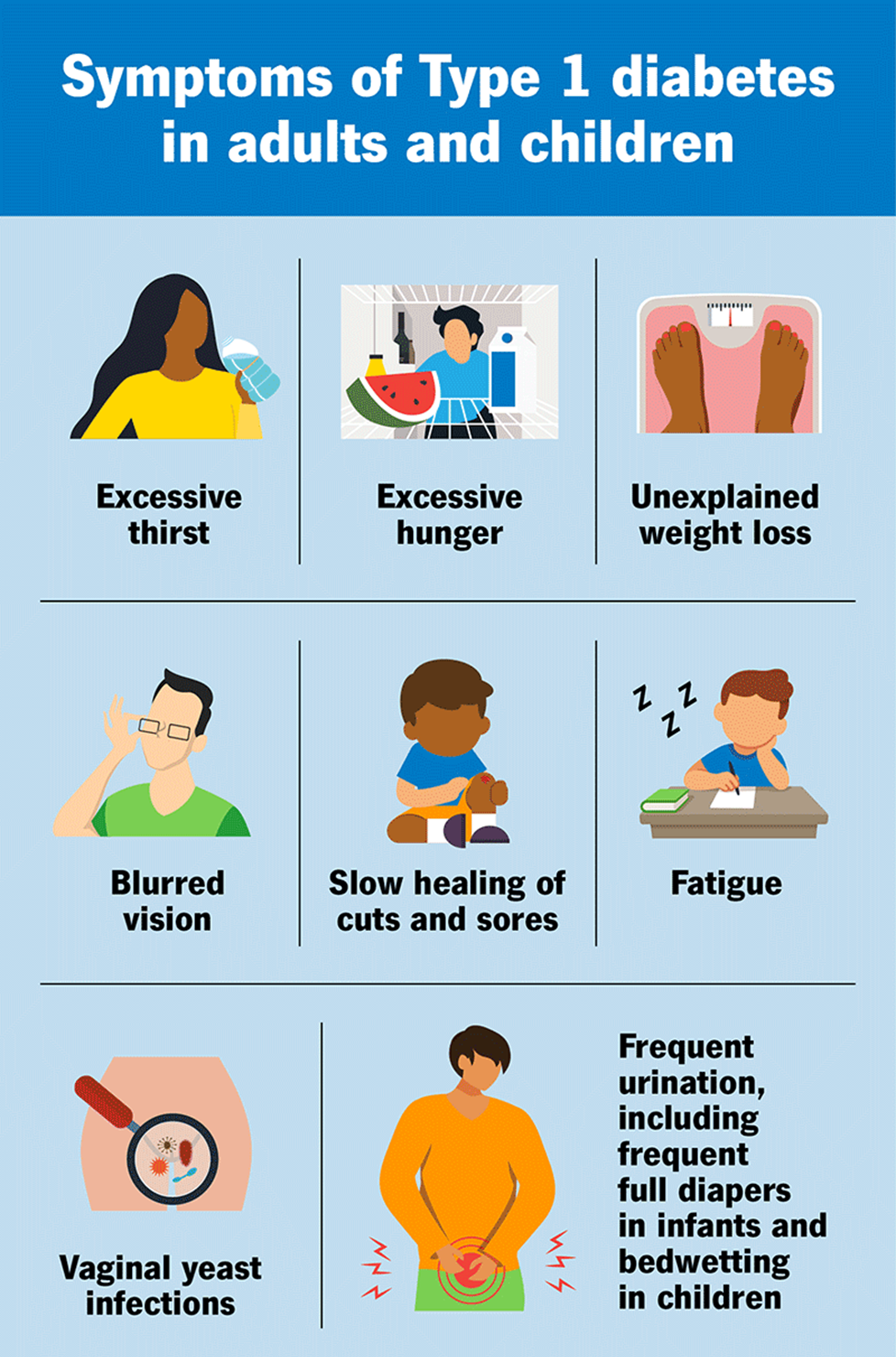A client is discharged with a prescription for warfarin. Which discharge instruction should the nurse emphasize to the client?
Take a multi-vitamin supplement daily.
Use an astringent for superficial bleeding.
Add large amounts of spinach to the diet.
Avoid going barefoot, especially outside.
The Correct Answer is D
Choice A reason: Taking a multi-vitamin supplement daily is not a necessary instruction for a client taking warfarin, which is an anticoagulant that inhibits the synthesis of vitamin K-dependent clotting factors and prevents blood clots. However, some vitamins, such as vitamin K, vitamin E, and vitamin C, can interact with warfarin and affect its effectiveness. Patients should consult their health care provider before taking any supplements or herbal products.
Choice B reason: Using an astringent for superficial bleeding is not a sufficient instruction for a client taking warfarin, which is an anticoagulant that inhibits the synthesis of vitamin K-dependent clotting factors and prevents blood clots. Warfarin can increase the risk of bleeding, both internally and externally. Patients should report any signs of bleeding, such as bruising, nosebleeds, gum bleeding, blood in urine or stool, or prolonged bleeding from cuts or wounds, to their health care provider. They should also avoid activities or products that can increase the risk of bleeding, such as shaving with a razor, using dental floss, or taking aspirin or NSAIDs.
Choice C reason: Adding large amounts of spinach to the diet is an incorrect instruction for a client taking warfarin, which is an anticoagulant that inhibits the synthesis of vitamin K-dependent clotting factors and prevents blood clots. Spinach is a leafy green vegetable that is high in vitamin K, which can counteract the effect of warfarin and increase the risk of clotting. Patients should maintain a consistent intake of vitamin K-rich foods and avoid sudden changes in their diet.
Choice D reason: Avoiding going barefoot, especially outside, is a correct instruction for a client taking warfarin, which is an anticoagulant that inhibits the synthesis of vitamin K-dependent clotting factors and prevents blood clots. Warfarin can increase the risk of bleeding, both internally and externally. Patients should protect their feet from injury or infection by wearing shoes or slippers at all times.
Nursing Test Bank
Naxlex Comprehensive Predictor Exams
Related Questions
Correct Answer is B
Explanation
Choice A reason: Increased anxiety and nervousness have been reported by some people taking feverfew, but this is not a common or serious side effect. It may be related to individual sensitivity or dosage.
Choice B reason: Feverfew may interact with aspirin or non-steroidal anti-inflammatory drugs (NSAIDs), such as ibuprofen or naproxen, which are commonly used for pain relief. Feverfew and these drugs can both inhibit platelet aggregation and increase the risk of bleeding. This information is most important for the nurse to include in a teaching plan for this client, especially if they are taking any of these medications or have a history of bleeding disorders.
Choice C reason: Those with allergies to chamomile, ragweed, or yarrow should not take feverfew, because they may have a cross-reactivity and experience an allergic reaction to feverfew. This information is important for the nurse to include in a teaching plan for this client, but it is not as critical as choice B.
Choice D reason: Abdominal pain, gas, nausea, vomiting, and diarrhea can occur when taking feverfew, but these are usually mild and transient side effects that do not require medical attention. They may be reduced by taking feverfew with food or water.
Correct Answer is B
Explanation
Choice A reason: Midmorning is not a likely time for experiencing hypoglycemia after administering glargine insulin at 0800, because glargine insulin has a slow onset of action (about 1 hour) and does not have a pronounced peak effect. Glargine insulin is a long-acting insulin that provides a steady level of insulin throughout the day and night.
Choice B reason: No peak occurs is the correct answer for when hypoglycemia is most likely to occur after administering glargine insulin at 0800, because glargine insulin does not have a pronounced peak effect that could cause a sudden drop in blood glucose levels. Glargine insulin is a long-acting insulin that provides a steady level of insulin throughout the day and night.
Choice C reason: Midafternoon is not a likely time for experiencing hypoglycemia after administering glargine insulin at 0800, because glargine insulin has a long duration of action (about 24 hours) and does not have a pronounced peak effect. Glargine insulin is a long-acting insulin that provides a steady level of insulin throughout the day and night.
Choice D reason: Shortly after midnight is not a likely time for experiencing hypoglycemia after administering glargine insulin at 0800, because glargine insulin has a long duration of action (about 24 hours) and does not have a pronounced peak effect. Glargine insulin is a long-acting insulin that provides a steady level of insulin throughout the day and night.

Whether you are a student looking to ace your exams or a practicing nurse seeking to enhance your expertise , our nursing education contents will empower you with the confidence and competence to make a difference in the lives of patients and become a respected leader in the healthcare field.
Visit Naxlex, invest in your future and unlock endless possibilities with our unparalleled nursing education contents today
Report Wrong Answer on the Current Question
Do you disagree with the answer? If yes, what is your expected answer? Explain.
Kindly be descriptive with the issue you are facing.
